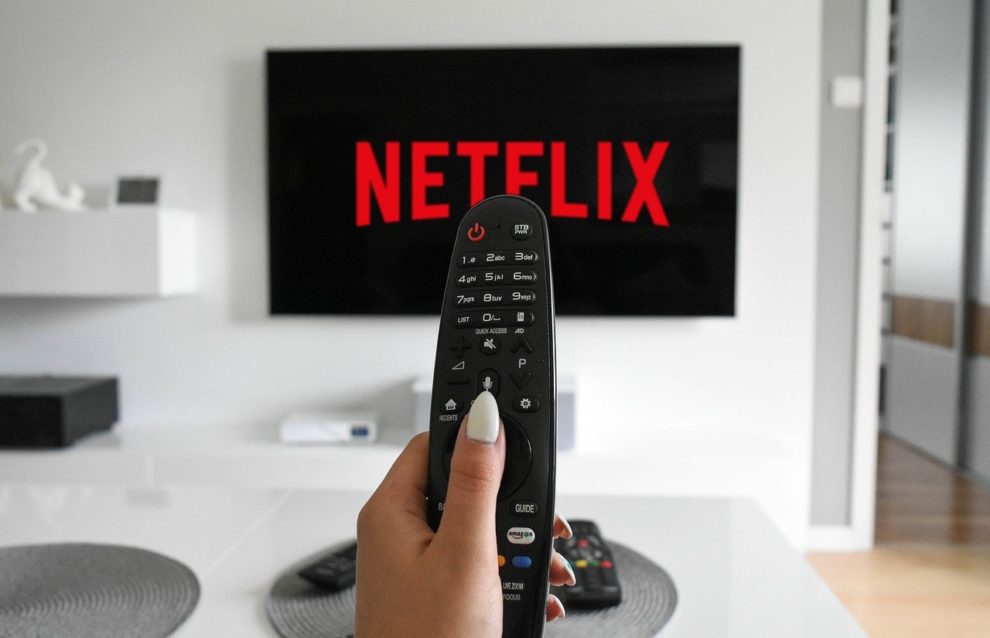Technology seems to be advancing quicker and quicker every single day. Streaming has emerged as one of the most popular forms of media, with thousands of hours of movies, TV shows, and music being streamed almost every second.
Technology in entertainment has changed how we view and consume media, and changes and advancements in tech have most definitely changed streaming services. Let’s take a look at some of the cool advancements in technology that allows us to stream fun and incredible content.
Smart TVs
You need the internet to stream and for the longest time the idea of having the internet connected to your TV was just not possible. If you wanted to stream something, you had to watch it on your phone or computer.
Smart TVs have not only revolutionized streaming but entertainment as a whole. Being able to connect to the internet from your TV has changed how we watch movies and TV, as the idea of being able to do it on the couch on a big screen is far more appealing.
Many Smart TVs also come with streaming apps pre-installed. You can simply log in to your accounts and begin streaming right away. Not only is it easier, but it is more accessible than it was before.

Binging
Having the technology to allow for whole seasons of shows to be watched at once is easily one of the most significant ways technology has changed streaming.
While this isn’t something new, as you have been able to buy box sets of TV shows for years now, having dozens of them available at once, in one place, has allowed us to consume far more media than we could before.
There has never been a time, until now, where you could sit and watch every episode of multiple TV shows one after the other. This increased consumption, and TV networks reacted, with some currently broadcasting whole seasons of a show over a weekend to compete with streaming services.
Niche Content
Before streaming services, you were pretty much forced to watch generic TV shows and movies that had broad appeal. However, the vast variety that streaming services offer allows for niche content to be shared and watched.
The technology was never available to allow for so many different shows and movies to be broadcast on one platform. A service like Netflix doesn’t have to worry about appealing to a specific audience. Still, they have the technology and resources available to appeal to as many different audience members as possible.
Video Compression
New technology such as the H.266/VVC codec is creating waves in the world of streaming. Codec stands for compression/depression, which allows streaming media to be read by computers.
What H.266/VVC does differently is that it focuses on high-definition content. The need for this technology is becoming more and more apparent as 4K TVs aren’t that advanced anymore and are commonplace, with 8K and even 12K starting to make their way into the mainstream.
H.266/VVC can take high-resolution media and compress it without losing the quality. This will enable streaming services to show high-resolution TV shows and movies without sacrificing quality, loading times, or internet speeds.
Streaming Options
While Netflix and Spotify may be viewed as the kings of streaming, there are numerous options for you to choose from nowadays, with each service offering unique content to its customers.
Apple TV+, Disney+, and HBO Max are only a few of the many services now available for streaming. As technology has advanced, it has become simpler for media companies to create and offer their services.
You can also download apps to your smartphone or tablet, which means streaming is now something you can do anywhere. Once again, this isn’t something completely new, as services such as SoundCloud and iTunes allowed you to listen to music and podcasts wherever you were.
However, now you can watch movies, TV shows as well as seminars. Streaming has expanded, along with the quality and how much of it you can watch. For instance, this is different from mobile games, which aren’t the “full” versions of a game since they still have to work on your smartphone.
Faster and More Accessible Internet
Advancements in internet speeds and accessibility have played a part in streaming. Dial-up is no more, and WiFi is spreading across the world at a rapid pace. While a personal internet connection still isn’t available to large parts of the globe, that is changing daily.
Faster internet means we can watch more and better quality videos without waiting for the video to buffer and without the need to wait for a download. This is another aspect that has changed due to better internet, people prefer streaming over downloading.
Before, you would have to buy a box set of a show or movie, or you had to buy and download what you wanted to watch. Downloading could take a few minutes or several hours, and it was slow, inconsistent, and you could be waiting for days if you didn’t have a quick internet connection.
With streaming, though, you may need to wait for some buffering, but it doesn’t take nearly as long as downloading something. This means you can watch more in a shorter period.
Streaming has advanced alongside technology, and as compression capabilities and internet speeds increase, we are getting closer to the day where everyone will be able to watch the highest-quality TV show or movie on their TV, laptop, and even their phone.


